Purge that guilt over food waste (and save cash and time grocery shopping) with these smart tricks to keep your produce fresh. You'll learn everything from how to store vegetables to how to keep fruit fresh.
15 Tricks to Keep Fruits and Vegetables Fresh Longer
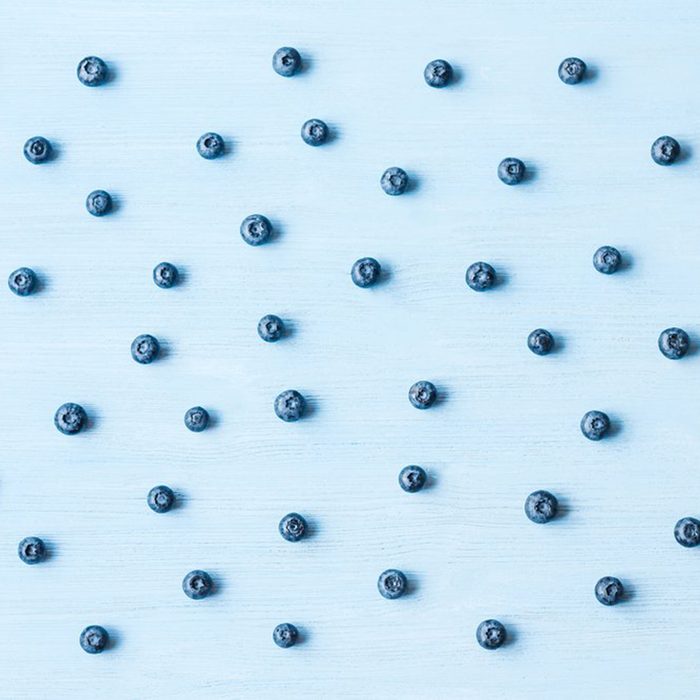
Berries: Rinse with vinegar
Before you stash them in the fridge, wash strawberries, blueberries and other berries with a mix of vinegar and water (think a 1:3 ratio). This disinfects against mold, which can lengthen shelf life by weeks. Rinse with water and dry thoroughly when you’re ready to eat. Follow these other tricks to make your food last longer.
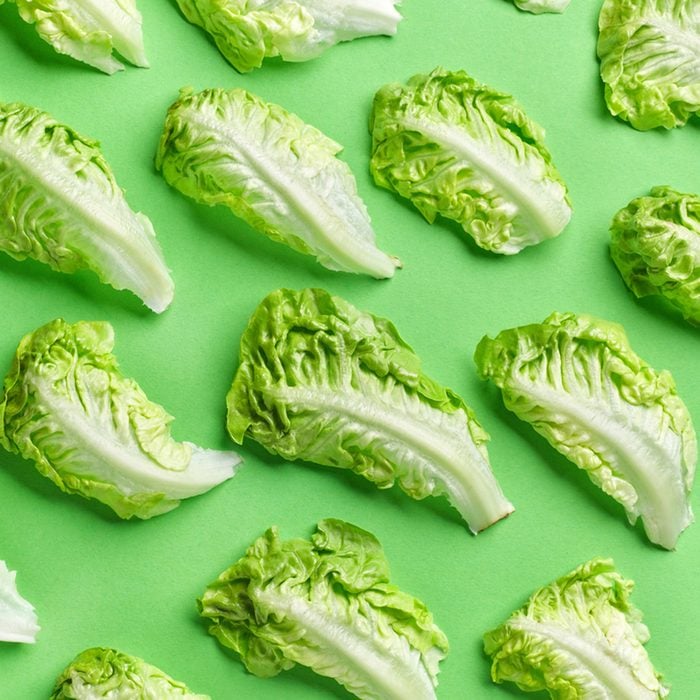
Lettuce: Store with paper towel
Don’t fret if you’ve prepared too much lettuce. Store leftover leaves in a bowl with a paper towel on top, then seal with plastic wrap. The towel will absorb moisture, which will prevent your leaves from becoming soggy and brown. Replace the towel when it becomes damp. Want another trick to keep lettuce fresh? Sprinkle the leaves with a dash of salt. This will help draw out extra wetness. Be sure to check out these lettuce and storage keepers that will keep your lettuce fresh and crisp, too!
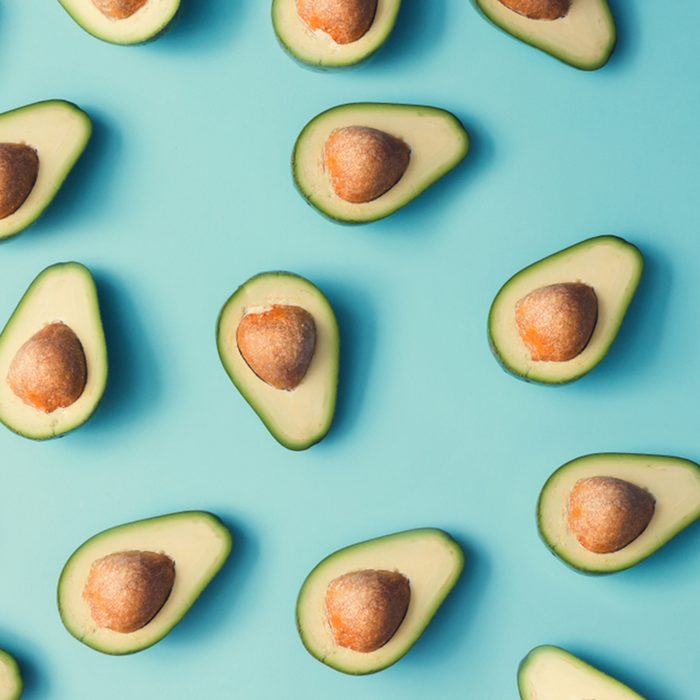
Avocado: Squirt with lemon
Wondering why your avocado halves turn brown so quick? Avocados contain enzymes that produce a brown pigment when exposed to oxygen. To avoid browning, squirt it with a little lemon or lime juice. (You can also do this on homemade guacamole!). The citric acid will help prevent browning for at least a day. You can also store avocado slices with large chunks of onion, which prevents oxidation in your avocado. As long as the onion touches only the skin of the avocado, there won’t be a noticeable flavor. Just don’t forget to wash your avocados before use!
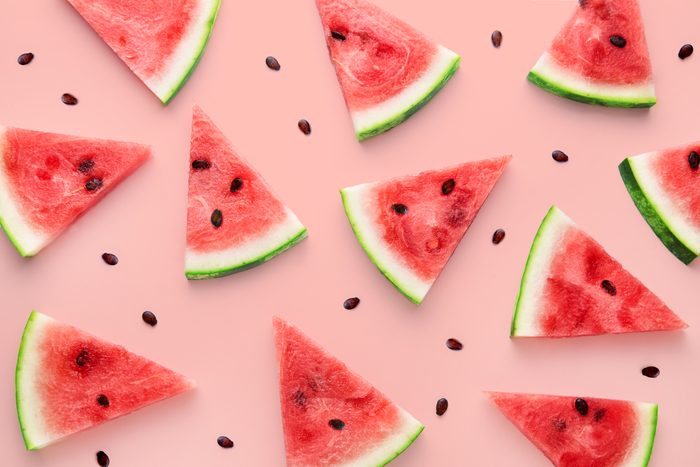
Melons: Cut into large slices
The best way to store melons like watermelon, cantaloupe and mangoes? Cutting them into large slices. After they’re cut, wrap them in plastic wrap and place in the refrigerator. Make sure to keep an eye out on those cantaloupes. They will continue ripening after you buy them from the store. These other fruits keep ripening after you buy them, too!
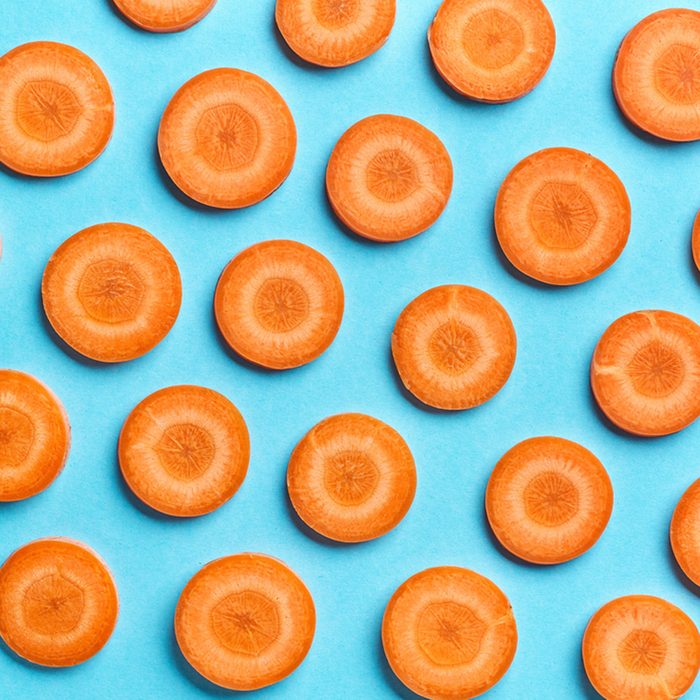
Carrots: Store with water
To avoid that dried-out look old carrots tend to get, first chop off their leafy greens. Why? Carrot leaves typically pull nutrients out of their roots. After cutting off their leaves, put the carrots in a container filled with water, seal with plastic wrap and store in the refrigerator. Fresh carrots will last about 3-4 weeks in the fridge. Or, wrap them in bubble wrap before stashing in the fridge. This will allow just enough moisture to reach the carrots if you prefer not to soak them in water.

Lemons: Avoid cutting in half
If you need just a squeeze of citrus juice for a lemon recipe or drink, puncture a whole lemon with a fork or skewer instead of cutting it in half. This way, you can squeeze out what you need without drying out the entire lemon.
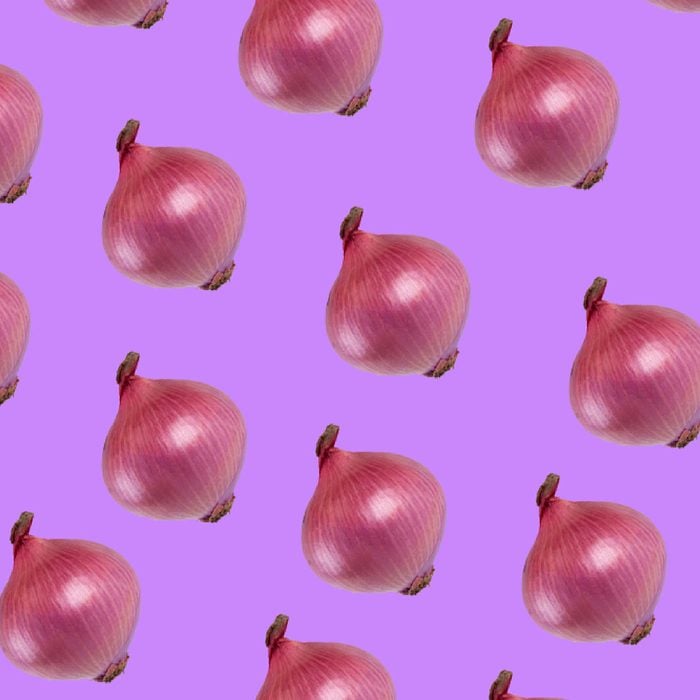
Onions: Wrap in pantyhose
It sounds strange, but the mesh-like material allows just enough air to reach the vegetable, which helps them stay fresh. Simply slip the onions into a new pair of nylons, tying a knot between each bulb. But remember, don’t place this veggie in the fridge!
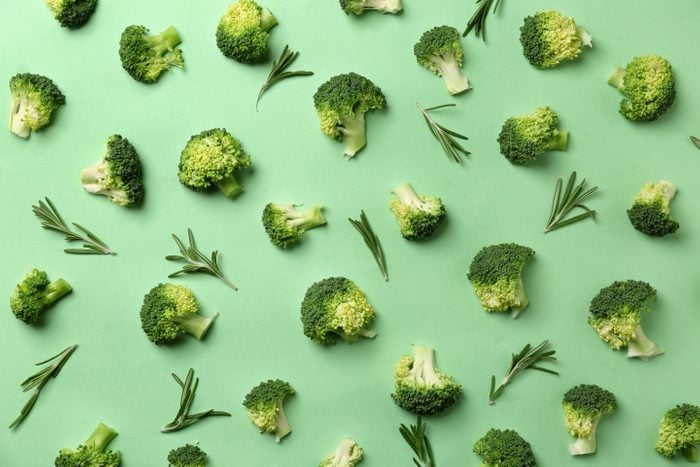
Broccoli: Place in cup of water
Just like carrots, broccoli loves moisture. Place your uncut broccoli stem in a cup of water or wrap a wet paper towel on top of the broccoli head and store in the refrigerator. If you want to store broccoli longer, follow this guide on how to freeze broccoli.
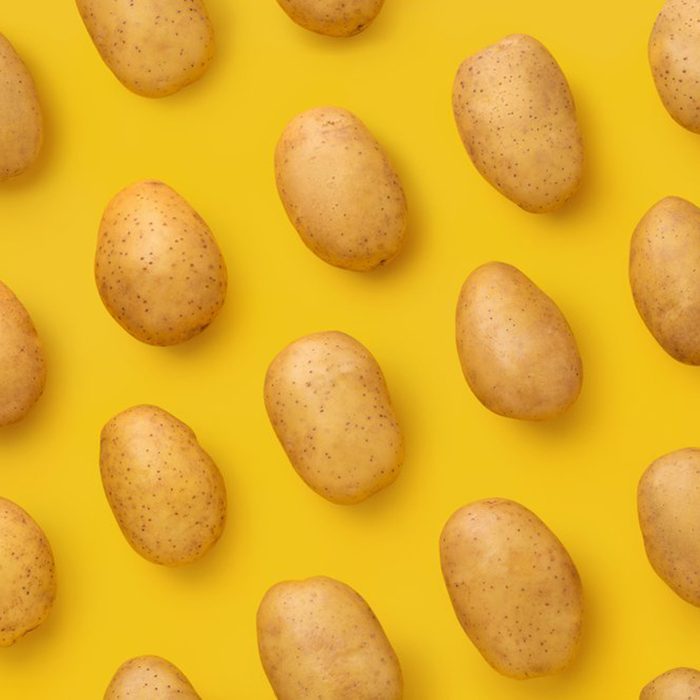
Potatoes: Store with apples
Apples produce ethylene gas that can keep your spuds fresh for more than eight weeks. Say goodbye to those pesky sprouts that pop up on potatoes after just a few weeks. Just make sure that you don’t store potatoes near onions!
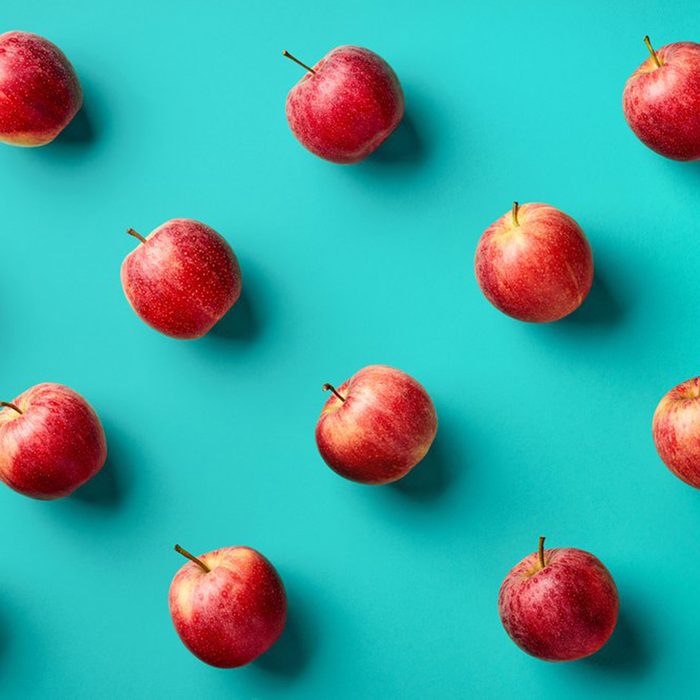
Apples: Soak slices in salt water
Sliced apples are a convenient snack or salad topper, but browned leftovers aren’t appealing. To store apples, we recommend soaking remaining slices in a bowl of cold salt water to prevent oxidation (but no more than ½ teaspoon of salt per quart of water, or you’ll taste it in the fruit). After five minutes, dry and store your slices in the fridge in an airtight plastic bag.

Celery: Wrap in aluminum foil
Unlike a plastic bag, aluminum foil will allow the ripening gas ethylene to escape. When ethylene is trapped in a plastic bag, it causes moisture loss and spoilage to occur faster.

Cauliflower: Wrap in wet towel
To preserve cauliflower, loosely wrap a wet paper towel around the head of the cauliflower and place it in a plastic bag in the refrigerator. This storage trick will keep your cauliflower fresh for up to 14 days! To store your cauliflower for even longer, you can freeze cauliflower for up to eight months.
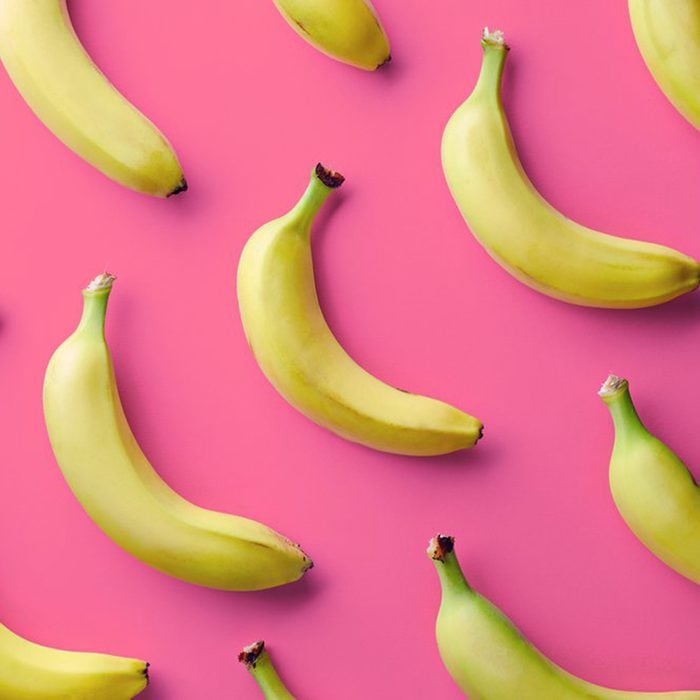
Bananas: Wrap stems with plastic wrap
Ethylene gas is again the culprit here, but separating each banana from the bunch and wrapping each individual stem in plastic wrap can stop the spread of the gas. If they’ve already gotten too ripe for your liking, peel them and store them in the freezer. We loving using up this freezable fruit in the best ever banana bread. But if your bananas aren’t ripe just quite yet, follow these steps to ripen bananas quickly.
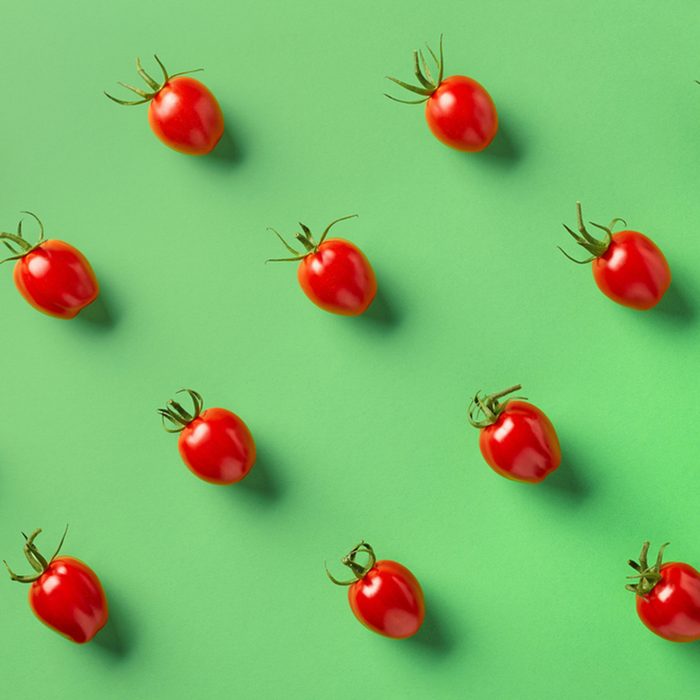
Tomatoes: Keep out of the fridge and stem side down
To store tomatoes correctly, avoid throwing them in the fridge (don’t worry—this is a common food storage mistake!). Tomatoes do not like the cold so if you keep them in the fridge, they’ll lose their ideal flavor and texture. Place them on the counter stem side down, as this part of the fruit is the last to ripen.

Asparagus: Store upright in a cup of water
Asparagus often dries out before it has the chance to be cooked, but there is a method that will keep it moist enough for your favorite recipes. Just as you would store flowers, place the asparagus upright with the cut edges submerged in a bowl or cup of water. Place it in the fridge, and place a plastic bag over the tops of the vegetable. Don’t forget to follow these asparagus cooking tips, too!